The Gift of South Dakota
Subscriptions to South Dakota Magazine make great gifts!
Subscribe today — 1 year (6 issues) is just $29!
Needles Highway in Winter
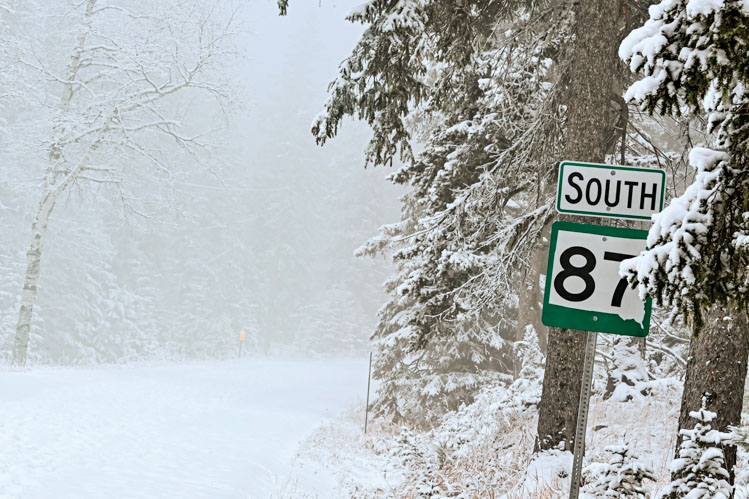 |
| Needles Highway is also known as Highway 87. It is part of the Peter Norbeck Scenic Byway, a 66-mile circle that also includes Iron Mountain Road. When snow become too deep for vehicles, state officials close it until snowplows are able to reopen the route. During such closures, hikers are welcome. |
Rich Zacher and his family happily welcomed a foreign exchange student from the Czech Republic last winter, but they struggled to entertain the worldly teen.
“Of all the places we showed her in South Dakota, the thing that she really enjoyed was hiking the Needles Highway in winter,” Zacher says. “That and a rodeo at the Monument.”
The young European has good taste in hikes. More and more people are discovering that the historic, 14-mile Needles Highway (aka Highway 87) takes on a special ambience when experienced afoot in a landscape of white. Perhaps that’s because the steep and winding route — which ranks among America’s crookedest roads — was designed on foot.
“You are not supposed to drive here at 60 miles an hour,” said Peter Norbeck, a visionary leader who founded Custer State Park in 1913 when he was still a state senator. “To do the scenery half justice, people should drive 20 or under; to do it full justice, they should get out and walk.”
Norbeck, despite his portly 240-pound frame, did literally walk the high country as he personally selected the route. “With C.C. Gideon and Scovel Johnson, state engineer, he tramped the trails on foot because horses could not walk over much of the terrain,” wrote author Gilbert Fite in a Norbeck biography, Prairie Statesman. “Working their way through towering granite cliffs and heavy forest, they finally traversed the entire distance of a road which would take tourists through the Needles. The governor’s trousers were badly torn and his legs were scratched.”
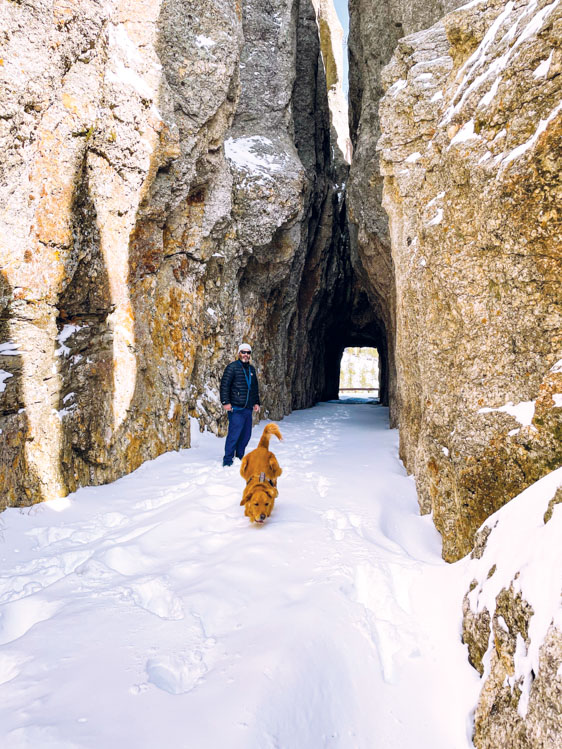 |
| Summer traffic makes it difficult to enjoy the Needles Eye Tunnel, but winter hikers like Michael Belmont and his golden retriever, Salvatore, can dawdle in the unusual passageway. |
Fite noted that Norbeck and the road engineers had heated arguments. “His desire was to preserve the natural beauty and to build roads where the public could obtain the best artistic view. This contradicted commonly accepted engineering principles, but his policies usually prevailed.”
Fite wrote of a particular day when Norbeck sat on a log, breathing heavily, and asked Johnson whether he could build the road.
“If you can furnish me enough dynamite,” Johnson answered.
Norbeck was then governor. He found both the money and the dynamite, and Needles Highway opened to traffic in 1922. It became a huge success for South Dakota. Up to 1,700 vehicles now pass through on a busy summer day, maneuvering the dips and dives and hairpin turns, and squeezing through narrow tunnels designed for Model A’s rather than today’s big SUVs. Though 1,700 a day may not sound like a huge number, it’s enough to cause congestion — especially at the two tunnels — because, as Norbeck planned, the drivers crawl along at 10 to 20 miles per hour.
Since the highway is difficult to clean after heavy snows and dangerous to drive when the roadway is icy, the northern half has long been closed to car traffic in winter. Zacher, a 29-year veteran of the State Transportation Department (he now serves as Area Engineer for the Black Hills region), says the state kept it open for a winter about 30 years ago as a test. “We did a count to see if there would be any traffic, but the only people who drove it were Custer State Park employees looking for a shortcut from Sylvan Lake to the park headquarters. Except for them, there was zero use.”
Consequently, the state highway department still blocks the road with steel gates on the day before the first forecasted snowfall. That creates a one-day holiday for Black Hills bicyclists. “We get more calls asking when we are going to close it than we get in the spring about when it’s going to reopen,” Zacher notes. “The bikers want to bike the dry pavement before that first snow, without the car traffic.”
Once closed, a 7-mile stretch beginning at Sylvan Lake stays off-limits to cars and trucks until spring.
*****
We parked by the lake and walked the highway on a January morning. Several inches of snow had fallen overnight. There was one other set of tracks, so we knew we were not the first.
With only a few inches of snow on the pavement, walking was easy. The snow muffled the forest. Soon after passing the winter gate at Sylvan Lake, the only reminders of civilization were road signs, bridges and the tunnels that were blasted with Norbeck’s dynamite.
In summer, the road seems like a busy Main Street carved through a forest. On the frosty, cloudy winter morning we arrived, it was so quiet that you could hear tufts of new snow slipping from the pine branches. A squirrel playing in the banks and a few small birds were the only living creatures to be seen.
You hear no traffic, no livestock and no people — only your own feet loudly crunching in the snow. The silence and the scenery combine for an apocalyptic atmosphere, as if all the world has frozen and you are alone with nature on a good day. Civilization is represented only by the concrete ribbon of highway and yellow road signs that warn of curves and tunnels.
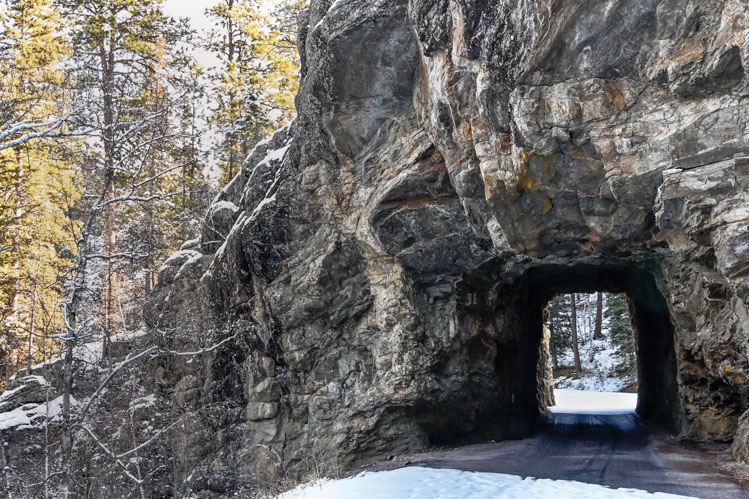 |
| Iron Creek Tunnel, one of two tunnels along the winter hike on the Needles Highway, has an elevation of 5,285 feet, considerably lower than Needles Eye Tunnel, which stands at about 6,000 feet. |
The Needles Eye Tunnel is just a mile or so from Sylvan Lake. In July, you wouldn’t dare to walk through the 8-foot tunnel for fear of being hit by a car, but in January you can take all the time and photographs that you desire. You might see bits of red and orange glass along the tunnel’s edges, evidence that a car or truck grazed the granite.
Further along, the jagged and jutting Needles spires inspire your imagination. You discover granite heads, shoulders, fingers, castles and caves. Soon after you pass the Needles Eye Tunnel and the nearby Cathedral Spires formations, the roadway descends nearly a thousand feet as you exit some of the Black Hills’ highest country. Walking is easy. You can either continue another 4 or 5 miles, covering the entire stretch of highway that is closed (if you have a way to return to your vehicle at Sylvan Lake) or you can retrace your steps. We went back to our car.
*****
The next morning, we drove east of Custer into the park on Highway 16 and turned north on Highway 87, which is the southern segment of Needles Highway. That stretch remains open in winter for about 6 miles. Once you reach the winter gate, which is north of the Playhouse Road, you can park and proceed on foot.
Zacher, the DOT engineer, asks that you never block the winter gates with your car. “You never know when an emergency services vehicle may need access, or we may be on our way to open the road and need access.”
The southern hike differs from the northern. Now you are lower in the forest. The pine trees are thicker and you’ll hear the gurgling of running water, though the stream, Iron Creek, is often invisible below ice and snow.
As with the northern route, you arrive at a hole in a mountain — the Iron Creek Tunnel — after less than an hour of walking. The two tunnels are milestones for winter hikers.
Dan Ray, an outdoor enthusiast from Rapid City, says both tunnels can be challenging. “Sometimes you have to break through a drift on one side or another. Sometimes the opening is completely blocked, I’ve heard tell, and that could be a blast to push your way through.”
Ray says some people use cross country skis on the roadway, though drifts and deep snow can make skiing difficult. He says snowshoes are helpful. “Prepare for 3 feet of non-packed snow, and if you are in a group, switch up who’s in front often.”
Ray also advises against blue jeans. “If you sweat or trip and fall in the snow, the jeans will get wet and then freeze. You will be miserable. Wear nylon pants and long johns that are polyester based. In the winter, cotton kills if you get it wet.”
Ray also recommends that hikers carry water, but leave the camelbacks at home. “They do not work well in winter. The water line from the bladder and the mouthpiece will freeze solid if it’s cold. Water bottles work well.”
While thousands of people travel the road on a summer day, park officials say a dozen or less usually do so in winter — partly because many hikers don’t know that the opportunity exists. Michael Belmont and his wife, Amy Hornstra, of St. Anthony, Minnesota, learned about it when they stopped at an art studio in nearby Hill City. “My husband asked the clerk for suggestions, and she told us you can hike Needles Highway.”
Hornstra, a native of Yankton, said the highlight for them was, “having the road to ourselves. The area is gorgeous … it was peaceful and beautiful. We have both hiked many parts of the world, and the Needles Highway now ranks near the top of our favorites list.”
She also recommends dressing for winter. “We were very happy that we both had on boots, as there were parts where the snow had drifted and was fairly deep. Other parts of the road were clear.”
In winter, many of the Black Hills’ other popular trails can become treacherous due to buildups of ice and snow. Ironically, the famous Sunday Gulch Trail, which also starts at Sylvan Lake, is closed to hikers in the winter because it is considered so dangerous. That makes the Needles Highway an even nicer find.
Norbeck is now remembered as the father of the highway and Custer State Park. Though he loved the outdoors, he wasn’t a hunter or fisherman. He found joy in the splendor of the natural world, and he would be delighted to know that hikers are following his very footsteps.
We thought of him as we enjoyed his creation. One man or woman can truly make a difference, given enough dynamite.
Editor’s Note: This story is revised from the November/December 2023 issue of South Dakota Magazine. To order a copy or to subscribe, call (800) 456-5117.


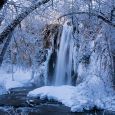
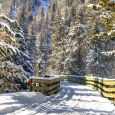
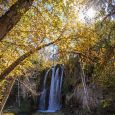
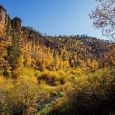
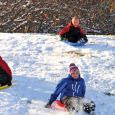
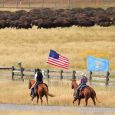
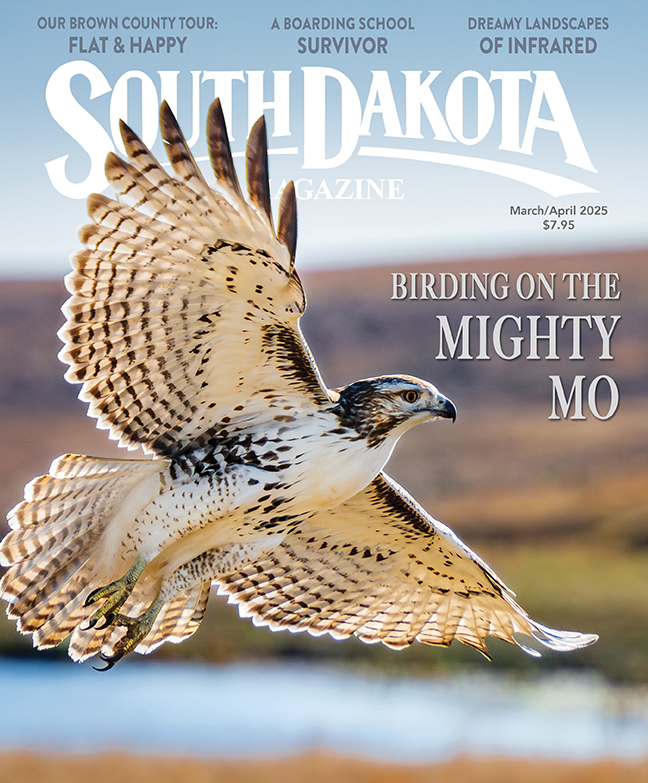
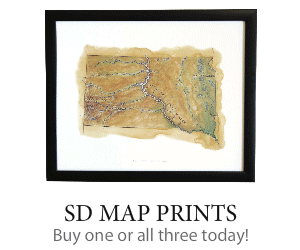
Comments
Nice article on one of the Hills' best-kept secrets.